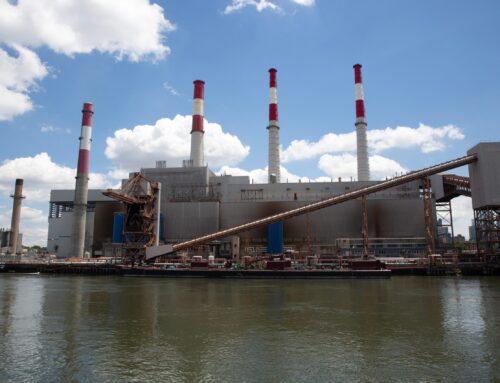Recent chaos shows investors are better off sticking to a plan and avoiding market timing
April 24, 2025
The S & P 500 went from 5,670 at the closing high on April 2 to a low of 4,982 at the closing low on April 8, a drop of about 12%. Stocks have since regained a large chunk of that loss. Very large parts of the market have staged a nice bounce back, and some are not far from where they were just prior to when retaliatory tariffs were announced early this month. What’s the takeaway for investors? This is a stellar example of why it is a very bad idea to try to trade during market chaos. Investors are better off sticking to a plan and avoid timing markets. Anyone who tried to sell stocks during the downturn in hopes of then trying to buy them back has likely suffered losses. Downturns are a necessary part of investing Everyone knows that over long periods of time, stocks provide a higher return than investing in bonds. Why? Because investing in stocks is riskier than investing in bonds. Investors therefore demand a higher rate of return (known as the risk premium) to invest in stocks than in bonds. And they get a higher rate of return. Larry Swedroe, former head of financial and economic research at Buckingham Strategic Wealth, notes that from 1926 through 2024, U.S. equities returned 10.2% per year on average, while one-month Treasury bills returned only 3.3%. The S & P 500 has risen in three out of every four years for the past 100 years. But that higher return comes with much more volatility. My friend Ben Carlson, who writes a terrific investing blog, A Wealth of Common Sense , points out that on average, stocks fall by 5% roughly two to three times per year, 10% roughly every year or two, and 20% or more roughly once every 4 to 5 years. Declines of 20% or more are fairly rare, but they do happen. The peak to trough decline this month is roughly 12% on a closing basis, but we approached a decline of almost 19% from the market peak in February (6,144 on February 19) to the low in April. That is very close to the common shorthand definition of a bear market (a decline of 20% or more). The price for higher returns Those kinds of declines are part of the price we pay for higher returns. “Thus, if investors want stocks to provide high expected returns, bear markets (while painful to endure) should be considered a necessary evil,” Swedroe writes in a recent Substack article. That is where mental discipline really comes in. Investors need to fight the urge to do something when there is market chaos. “The first key to successful investing is to have a well-thought-out plan that includes an understanding of the nature of the risks of investing,” Swedroe says. Sticking with that plan requires real mental discipline. Studies indicate that investors underperform their benchmarks because excess trading reduces their returns. “In bull markets, greed and envy take over, and risk is overlooked. In bear markets, fear and panic take over, and even well-thought-out plans can end up in the trash heap of emotions,” Swedroe says. One rule of successful investing is not taking on more risk than you are comfortable with. If the prospect of a 20% decline in the markets leaves you sleepless, you either need to realize it is a long-term game and not worry about the short-term losses, or lighten up on your exposure. Another key to successful investing: disabuse yourself of the notion that you can trade your way out of a chaotic market. “Trying to time the market is a loser’s game — one that is possible to win but not prudent to try because the odds of doing so are so poor,” Swedroe says. “Those who avoid excessive risk-taking are the ones most likely to stay the course and avoid the buy high/sell low pattern that bedevils most investors,” he added. Swedroe urges investors to stick to long-term investing in low-cost index funds. “Investors should remember that excitement and expenses are their enemies.” Most importantly, when you look at your quarterly statement and see you are down on the year, understand that this is a part of investing. There are some bad days, but in the long run the good ones outnumber the bad ones. Get Your Ticket to Pro LIVE Join us at the New York Stock Exchange! Uncertain markets? Gain an edge with CNBC Pro LIVE , an exclusive, inaugural event at the historic New York Stock Exchange. In today’s dynamic financial landscape, access to expert insights is paramount. As a CNBC Pro subscriber, we invite you to join us for our first exclusive, in-person CNBC Pro LIVE event at the iconic NYSE on Thursday, June 12. Join interactive Pro clinics led by our Pros Carter Worth, Dan Niles and Dan Ives, with a special edition of Pro Talks with Tom Lee. You’ll also get the opportunity to network with CNBC experts, talent and other Pro subscribers during an exciting cocktail hour on the legendary trading floor. Tickets are limited!
Search
RECENT PRESS RELEASES
Related Post



